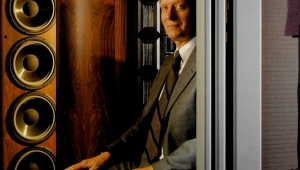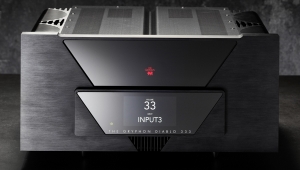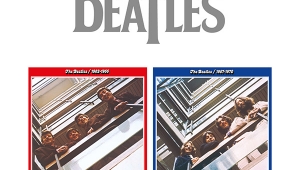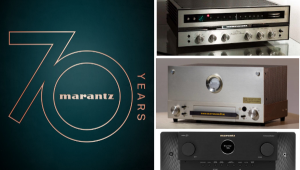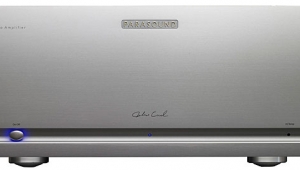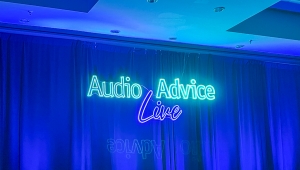| Columns Retired Columns & Blogs |
CRIA Study Reveals Some Interesting Information
The Canadian Recording Industry Association (CRIA) commissioned a new 144-page report of radio and consumer survey results, based on data collected between February 17 and 22 by Pollara, Inc. in 1229 telephone interviews with respondents above the age of 13. The purpose of the study was to collect data that the CRIA could submit to the Canadian Radio-Television and Telecommunication Commission's (CTRC) Commercial Radio Review. (For those interested in reading all 144 pages, click here and download "Appendix A.")
For folks who'd rather have someone else do the heavy lifting, Dr. Michael Geist, Canada Research Chair of Internet and E-commerce Law at the University of Ottawa, offers an interesting précis. Among the survey's most interesting discoveries was the fact that most people acquired the music on their computers through legitimate sources: ripping their own CDs (36.4%) and paid downloads (20.1%). Peer-to-peer downloads accounted for 32.6% and "borrowing from friends" accounted for 8.8%. The morally ambiguous "other sources" scored 2.9%.
The difference in numbers between those who rip their own CDs and those who employ P2P services doesn't appear that great, but add in the other two legal acquisition channels and the legally acquired music represents nearly two-thirds of most people's collections. Additionally, the study indicated that only 25% of those who obtained music through file-sharing services "never" purchased that music after downloading the track—leaving us to assume that most of the remaining 75% are using P2P channels as a means of auditioning music prior to purchase.
There are two other fascinating revelations in the Pollara survey. The first is that it is not the "kids" who are doing most of that downloading. It is the 33–45–year-old demographic that has the largest proportion of downloaded files on their computers, with an average of 31% of their music coming from file-sharing, compared to 27% from their own ripped CDs. Contrast that with the buying habits of 13–17-year-olds, which have the lowest percentage of non-buyers—the 13–17-year-olds purchased on average 11.6 discs in the last six months, with 18–24-year-olds averaging 10.9 discs.
As to why people don't buy pre-recorded discs, only 10% cited the availability of downloads. The litany of reasons for not buying is broad: price (16%), boring music (14%), too busy (13%), already have enough music (9%), won't buy anything (7%), music available on radio (7%), tastes have changed (6%), no hi-fi (3%), use an MP3 player (2%), nowhere to buy (2%), TV more compelling (2%), among others.
The Pollara document makes an interesting case, although it is probably not the case the CRIA had in mind when it commissioned it. Yes, P2P does seem to get music into the hands of people who won't buy it, although it is also obviously stimulating a certain percentage of record sales since people doing the most downloading are also buying more music. It's hard to tell if downloading is causing more harm than good, since there's no way to determine how many unsold downloads are actually "lost sales."
However, the Pollara study does make a strong case that the recording industry is in real trouble, if people don't like what they're being offered, don't like the way it is priced, and can't find places in which to buy it. That suggests a business model in severe need of evolution—or even intelligent design. Since the recording industry seems to have no clue about how to address these issues, perhaps it should consider conducting another poll—its customers seem pretty sharp, based on the results of this one.
- Log in or register to post comments
